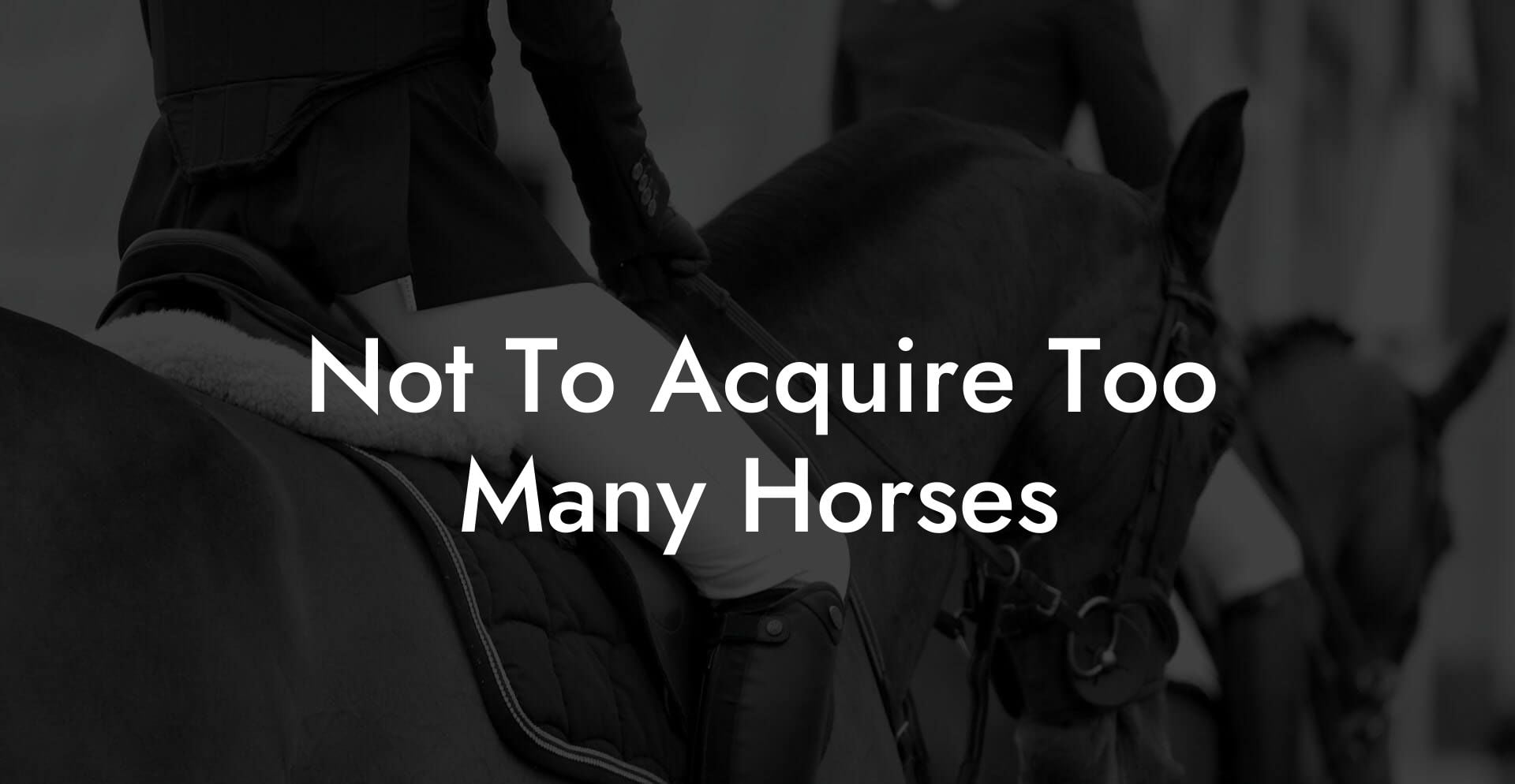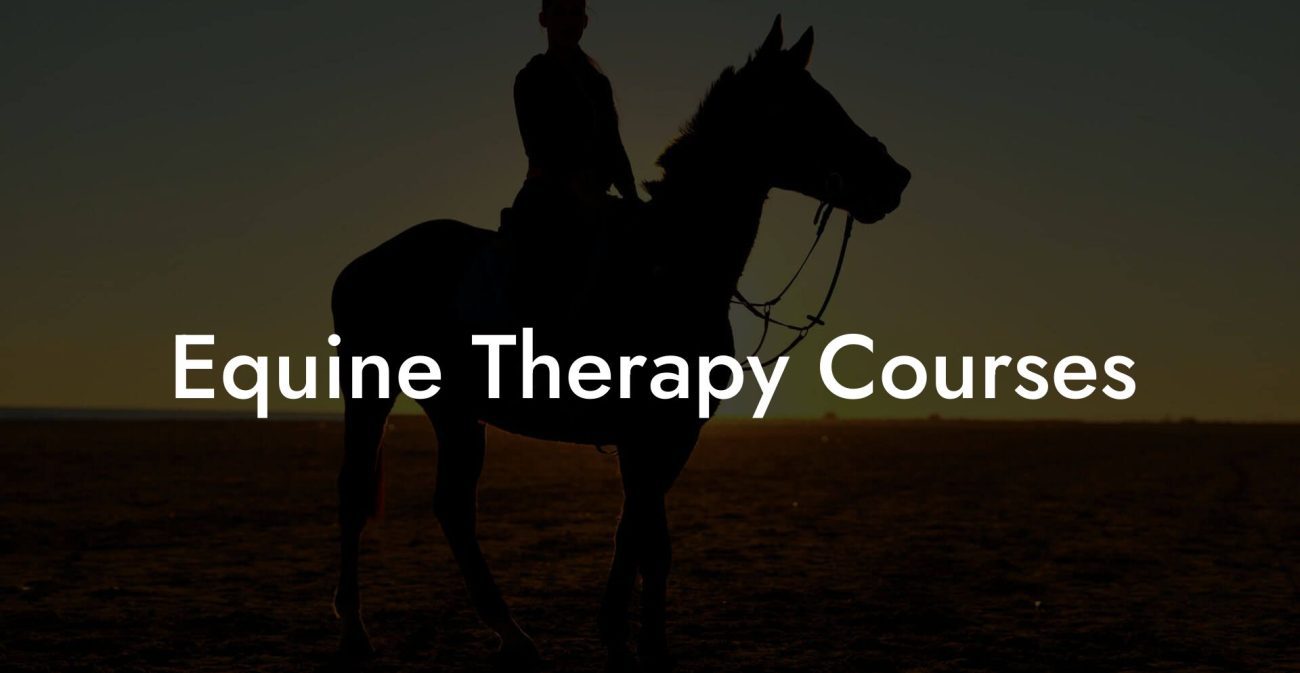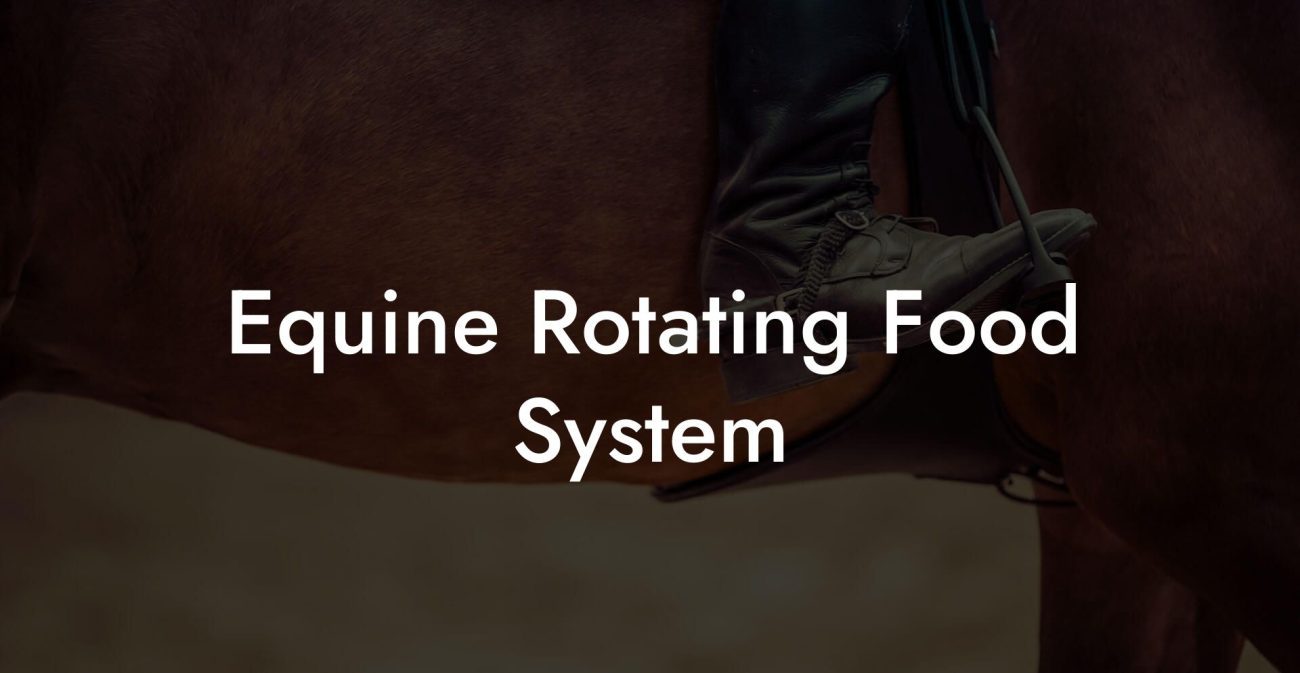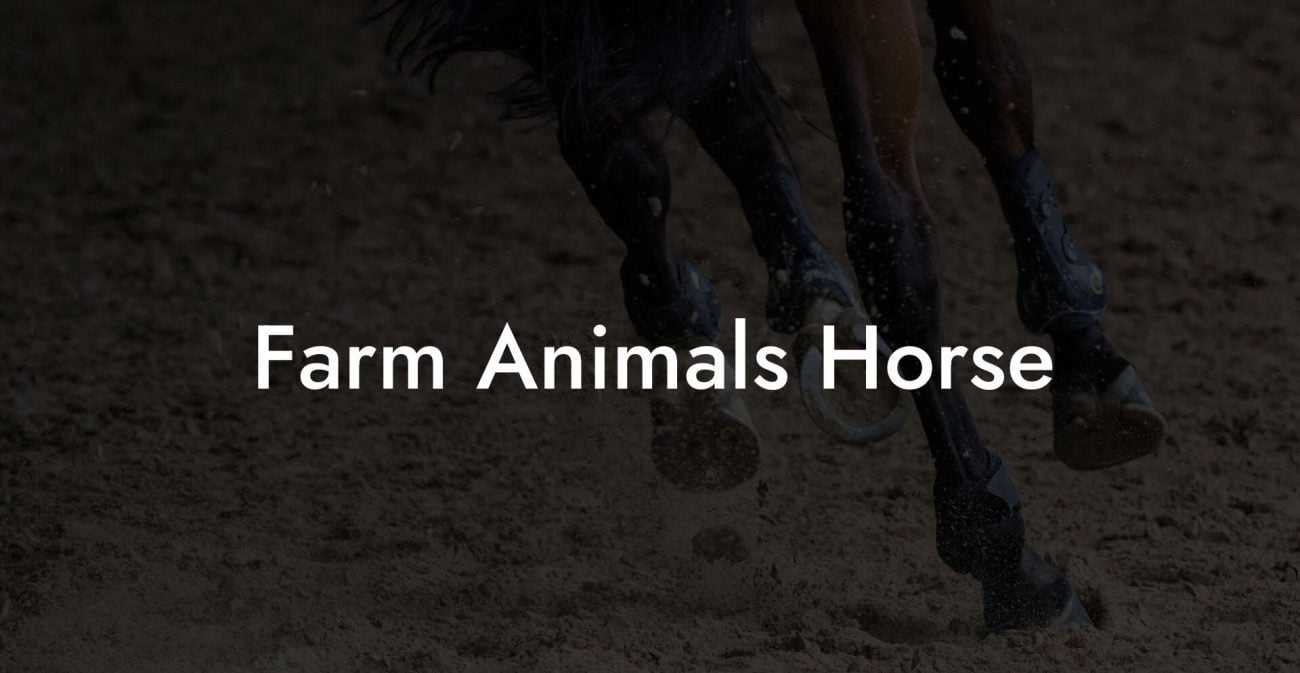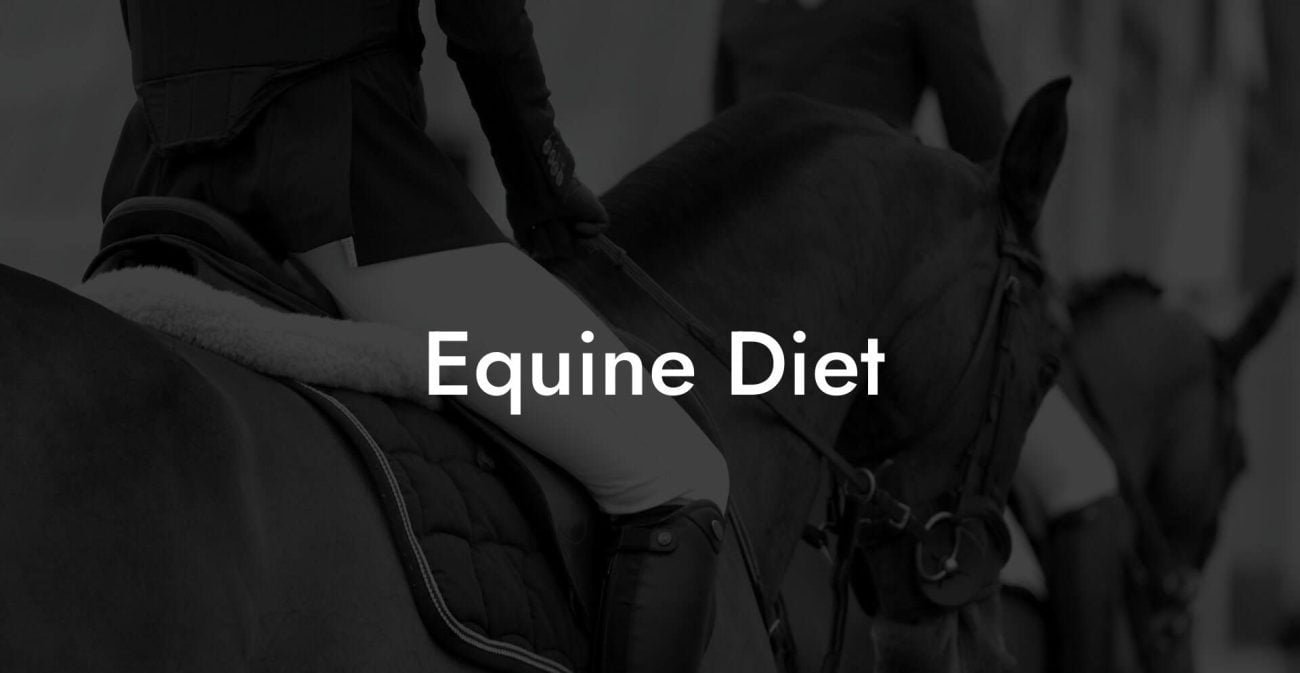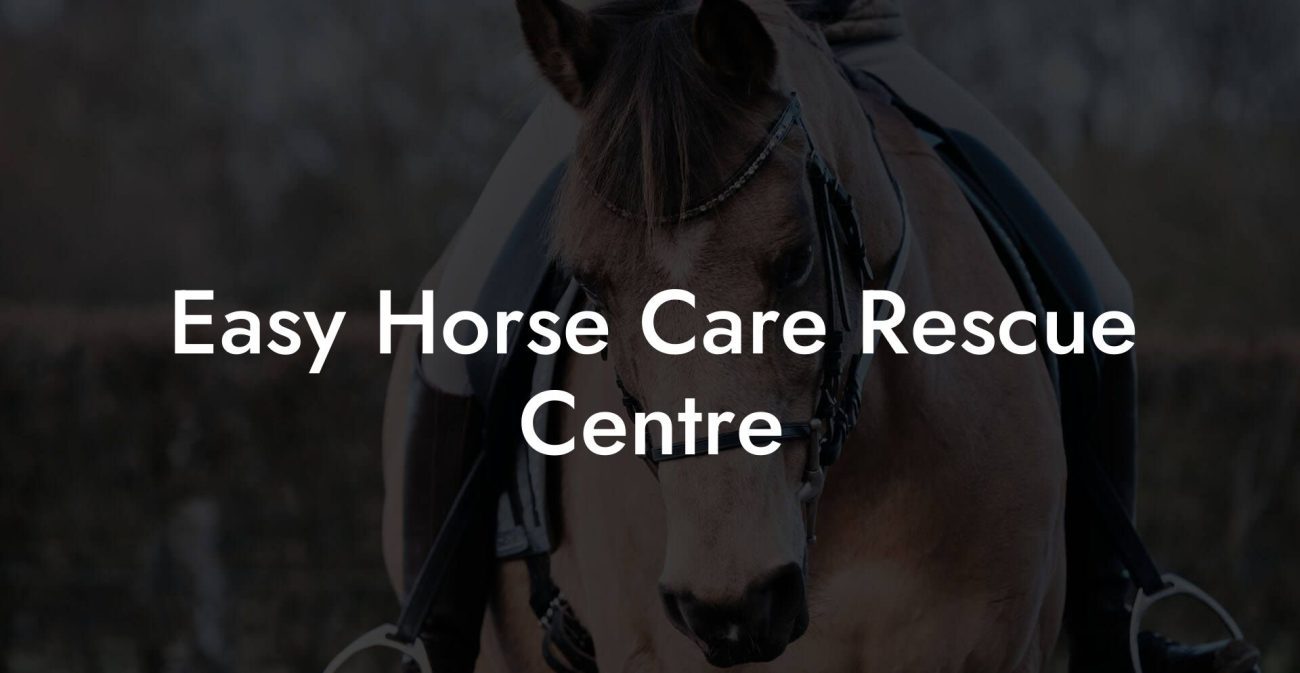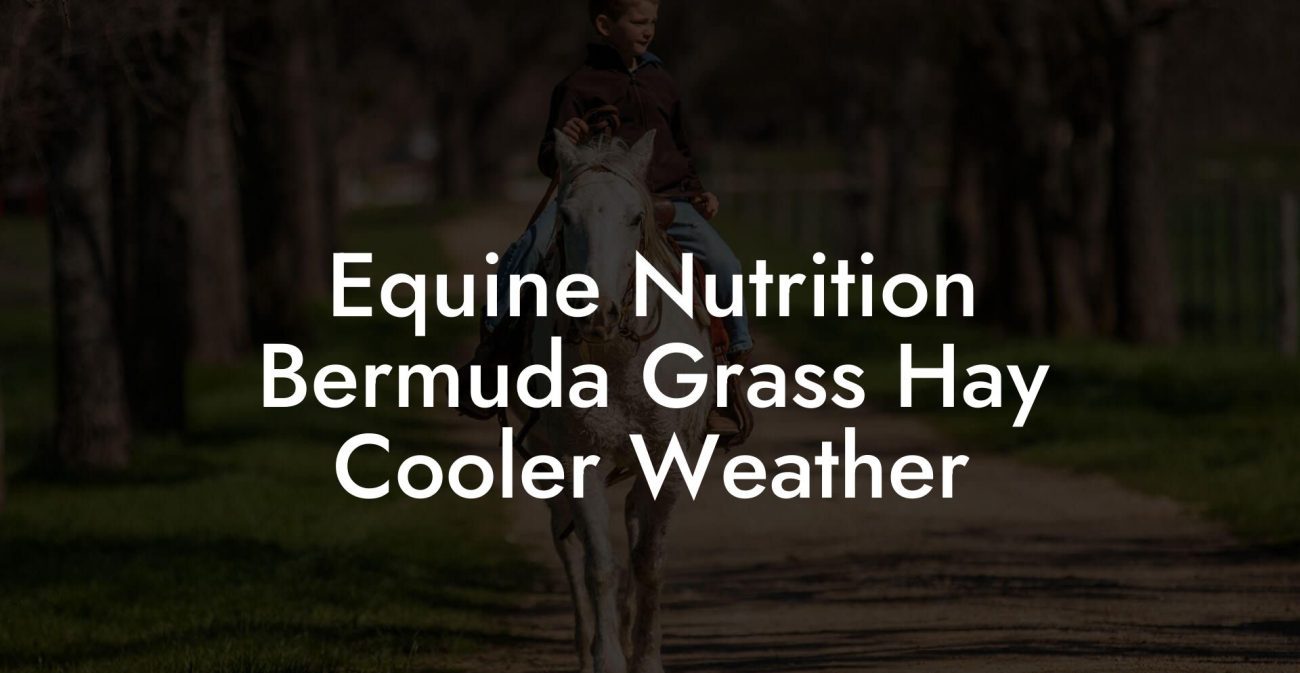Have you ever found yourself scrolling through endless reels of majestic horses galloping across sunlit fields, only to wonder, “Is my life ready for a dozen horses?” While the allure of manes, hooves, and that unmistakable equine charisma has us all dreaming of our own personal cavalry, it's important to remember that quality trumpets over quantity—especially for Gen-Z and millennials juggling busy lives, tight budgets, and a penchant for living that “extra” life. In this comprehensive guide, we’re diving into why you might not want to acquire too many horses, while also sharing insider tips on how to care for the one (or two) horses that truly deserve your attention.
Quick Links to Useful Sections
- The Alluring Myth of Too Many Horses
- Understanding horse care: The Basics Every Equine Enthusiast Should Know
- Budgeting Your Gallop: The Real Costs of Horse Ownership
- The Space You Need: Stable and Pasture Management
- riding, Grooming, and Feeding: A Day in the Life of a Horse Owner
- Social Media, Trends, and the Horse Craze: Navigating Peer Pressure in Equine Ownership
- When Too Many is Too Many: Recognizing Over-Commitment
- Equine Health and Wellness: A Holistic Approach to Caring for Your Horse
- Tech Tips and Digital Tools for Modern Horse Owners
- Social Responsibility and Sustainable Equine Care
- Resources and Community Support: Your Next Steps
- The Balanced Equine Lifestyle: Crafting Your Signature Approach
- FAQs: Navigating the World of Horse Ownership and Care Without Overcommitting
- Your Journey to a Balanced Equine Life: Embrace the One, Cherish the Few
The Alluring Myth of Too Many Horses
In a world obsessed with “more is better,” horses are no exception. From viral TikTok clips to Insta-worthy pastures, horses are the ultimate symbol of freedom and rustic charm. But here’s the tea: while having a horse (or two) can add a spark of adventure to your life, overindulgence in horse ownership can quickly turn into a management nightmare. We’re talking about a lifestyle that demands more than just a fling with Instagram filters and hashtag-worthy sunsets.
Horses embody a sense of nostalgia and raw beauty, symbolizing both the wild spirit of nature and the refined art of equine care. However, when the dream morphs into a reality where your bank account is more exhausted than your Instagram feed, it’s time for a reality check. This guide will walk you through the practicalities and pitfalls, giving you the lowdown on how to enjoy the benefits of horse ownership without falling prey to the overload trap.
Understanding horse care: The Basics Every Equine Enthusiast Should Know
Whether you're a novice or a seasoned equestrian, knowing the ropes of basic horse care is essential. Horse care isn’t just about occasional grooming sessions or the occasional carrot treat—it’s a rigorous blend of proper nutrition, regular exercise, sound veterinary care, and a well-thought-out stable management plan.
Key Aspects to Consider:
- Feeding and Nutrition: Horses need a balanced diet rich in quality hay, grains, and fresh water. Overfeeding or the wrong nutritional mix can lead to problems like laminitis or colic.
- Daily Grooming: Regular grooming not only keeps your horse’s coat shiny but also serves as an early warning system for skin issues or injuries.
- Healthcare Regimen: Routine check-ups, vaccinations, dental care, and parasite management are all critical in maintaining a healthy horse.
- Exercise and Mental Stimulation: Like us, horses need a mix of physical activity and downtime. Ensuring your horse gets enough turnout and structured exercise helps prevent behavioral problems.
- Stable and Pasture Management: Clean, safe stables and well-maintained pastures contribute significantly to your horse's overall well-being. Regular mucking, proper ventilation, and safe fencing are vital.
Mastering these basics forms the cornerstone of responsible horse care—regardless of whether you have one magnificent mare or a small herd.
Budgeting Your Gallop: The Real Costs of Horse Ownership
Let's break it down: horses aren’t exactly the most budget-friendly pets out there. While they’re infinitely more majestic than your average housecat, they also come with a price tag that could make even the most seasoned spender’s wallet whinny. Owning a horse is a long-term commitment with ongoing costs that include feed, veterinary bills, equipment, and, of course, stable maintenance.
Budget Breakdown:
- Feed and Supplies: Quality hay, grain, and supplements keep your horse in prime condition. Factor in seasonal variations in cost and the occasional splurge on gourmet treats.
- Veterinary Care: Routine check-ups, emergency treatment, and specialized care (like dental and farrier services) are ongoing expenses that can add up quickly.
- Equipment and Gear: Saddles, bridles, grooming kits, and safety gear are not exactly one-and-done purchases. Maintenance and replacement costs need to be budgeted.
- Stable Upkeep: Whether you’re boarding or owning your own stable, regular maintenance and upgrades are inevitable expenses.
- Insurance and Unexpected Costs: Accidents happen. Having a financial safety net for emergencies is a must.
For the modern equine enthusiast balancing student loans, rent, and avocado toast, financial feasibility should be front and center. It’s wise to consider starting small—perhaps with one horse—and scaling up only if you’re in a position to provide the best care without stretching your finances too thin.
The Space You Need: Stable and Pasture Management
Picture this: a sprawling, sun-drenched pasture where your horse can gallop freely, surrounded by wide-open fields and endless blue skies. Now, picture your cramped backyard or a shared urban space. The difference in scale is critical when it comes to horse care.
Stable Considerations:
- Liveable Space: Horses need ample room for exercise and rest. Overcrowded stables can lead to health issues, stress, and increased risk of injury.
- Cleanliness and Maintenance: Regular cleaning routines are essential for preventing infections and maintaining a hygienic environment. Neglected facilities can quickly become a breeding ground for parasites and disease.
- Secure Fencing: Safety first. Proper fencing is essential not only to protect your horse from external dangers but also to keep them safely contained.
For those considering more than one horse, keep in mind that each additional animal exponentially raises the requirements for maintenance, space, and care. It’s essential to strike a balance between your passion for equines and your capacity to offer them a stress-free, secure environment.
riding, Grooming, and Feeding: A Day in the Life of a Horse Owner
Imagine waking up to the soft nicker of your horse, the smell of fresh hay, and the promise of a day spent bonding with a creature that’s as fierce as it is gentle. The life of a horse owner is as rewarding as it is demanding—a blend of early mornings, hard work, and heartwarming moments.
Morning Routines:
Your day might start with checking on your horse’s health: a quick visual inspection, a pat on the neck, and a review of their feed supply. Consistent morning routines help catch potential health issues before they escalate.
Grooming Rituals:
Grooming is more than just keeping your horse looking Instagram-ready. It’s a vital component of their overall health and a fantastic way for both of you to bond. Daily grooming sessions involve brushing out dirt, untangling manes, and checking for any injuries. A well-groomed horse is a happy, healthy horse.
Feeding Time:
Timing is everything in horse care. Horses are grazers by nature, meaning they thrive on consistent, regular feeding schedules. Whether you’re doling out high-quality hay in the morning or supplementing with grains and minerals later in the day, consistency helps maintain digestive health.
Evening Wind-Down:
As the day ends, a final round of care—checking water levels, securing the stable, and ensuring your horse is comfortable for the night—closes out a day of responsible ownership. It’s a routine that builds trust and keeps your horse in peak condition.
For those of you juggling a hectic schedule, consider integrating digital care trackers or apps to help organize routines and monitor your horse’s health metrics. After all, even in a digital age, the personal touch of a loving pat on the neck goes a long way.
Social Media, Trends, and the Horse Craze: Navigating Peer Pressure in Equine Ownership
Let’s be honest—horses are major social media darlings. With every perfectly curated shot capturing the perfect mane, these majestic creatures have taken over feeds and hearts worldwide. But behind the glossy filters and viral hashtags lies a reality that’s often glossed over: the heavy lifting of proper horse care.
Many young enthusiasts are tempted by the glamorous portrayal of horse life on social platforms, where owning multiple horses is equated with a lavish, carefree lifestyle. However, as you scroll past the picture-perfect moments, the unseen effort, time, and resources required to manage even one horse become glaringly obvious.
Trend vs. Reality:
Social media can sometimes blur the lines between aspiration and actual responsibility. It’s crucial to keep your eyes on the reality of horse care—budget constraints, space limitations, and time commitments—rather than getting swept up in the hype of equine extravagance.
Staying Grounded:
Here are some tips to stay grounded in your equine journey:
- Educate Yourself: Before you hit that “follow” button or commit to a purchase, dive deep into the world of horse care. Knowledge is power—and it might just save you from a costly mistake.
- Set Realistic Goals: Understand your limitations, be it time, space, or finances. Start small and scale up only when you’re 100% confident you can provide the best care possible.
- Community Input: Join forums and local equestrian groups to learn from experienced horse owners. Real-life insights are invaluable in navigating the challenges of equine care.
- Balance Passion with Practicality: While horse ownership is undeniably inspiring, ensure that every decision is tempered with practical considerations and a clear vision of your long-term capabilities.
When Too Many is Too Many: Recognizing Over-Commitment
There’s a fine line between passion and over-commitment, and sometimes that line is drawn in the shape of an increasingly crowded stable. Whether driven by the desire to share your love for horses or an impulse fueled by social media trends, acquiring too many horses can lead to physical, financial, and emotional overload.
Warning Signs of Over-Commitment:
- Budget Strain: If your monthly expenses are more dominated by feed, vet bills, and stable maintenance than your rent or student loans, you might be in over your head.
- Time Deficit: Inability to provide individualized attention to each horse can lead to neglect of their physical and emotional needs.
- Space Constraints: Overcrowded stables not only compromise each horse’s quality of life but also increase the likelihood of injuries and disease spread.
- Emotional Burnout: Caring for multiple horses can be emotionally taxing. If the joy is turning into stress and anxiety, it’s time to reassess your capacity.
The art of horse care is about making thoughtful, measured decisions rather than succumbing to the allure of over-accumulation. More horses might seem like a dream, but quality, individualized care for fewer horses often leads to happier, healthier companions—and a more balanced, fulfilling experience for you.
Equine Health and Wellness: A Holistic Approach to Caring for Your Horse
Just like us, horses require a holistic approach to health and wellness—a blend of preventive measures, regular exercise, mental stimulation, and the occasional indulgence in their favorite treats. Focusing on overall well-being ensures your four-legged friend remains a thriving partner in your adventures.
Holistic Horse Care Essentials:
- Regular Health Check-ups: Schedule periodic veterinary exams to catch potential issues early. From dental visits to farrier appointments, routine care prevents minor issues from turning into major setbacks.
- Customized Exercise Routines: Just as you would vary your workouts, tailor your horse’s exercise regimen to suit their age, breed, and overall health. Incorporate a mix of trail rides, arena work, and free pasture time.
- Mental and Emotional Stimulation: Horses are smart, social beings. Encourage play, social interaction with other horses, and change up routines to keep them engaged.
- Holistic Nutrition: Beyond standard feed, incorporate supplements recommended by your vet. A balanced diet with the right vitamins and minerals helps maintain muscle tone, a shiny coat, and robust overall health.
- Stress Management: Create a calm, structured environment for your horse. Reducing stress through proper stable management and regular, gentle exercise goes a long way in sustaining health.
Taking a holistic approach means recognizing that every aspect of your horse’s life—from the food they eat to the space they live in—affects their overall health. By addressing each component, you foster an environment that promotes longevity, vitality, and a truly happy equine life.
Tech Tips and Digital Tools for Modern Horse Owners
In today’s hyper-connected world, even horse care has gone digital. From mobile apps that help track feeding schedules and veterinary appointments to online forums where you can get tips from seasoned horse owners, technology can be your best friend in managing equine responsibilities.
Digital Solutions Worth Exploring:
- Equine Management Apps: These apps help you maintain schedules for feeding, grooming, and medication, ensuring nothing falls through the cracks.
- Online Communities and Forums: Platforms like Facebook groups, Reddit, and dedicated equine forums provide a wealth of information, support, and camaraderie.
- Wearable Tech: Innovative devices can monitor the health and activity of your horse in real time, alerting you to potential issues before they escalate.
- Virtual training Sessions: With virtual clinics and webinars, you can broaden your knowledge on everything from saddle fitting to nutritional management without ever leaving home.
Embracing these digital tools not only streamlines your day-to-day operations but also connects you with a broader community of enthusiasts who share your passion for refined, responsible horse ownership.
Social Responsibility and Sustainable Equine Care
As a modern horse owner, it's important to consider the broader impact of your equine passion. Sustainable practices and social responsibility are increasingly becoming focal points in the world of animal care. Whether it’s sourcing locally produced feed, recycling stable waste, or supporting initiatives that promote sustainable farming and animal welfare, every small step counts.
Sustainable Practices in Horse Ownership:
- Eco-Friendly Feeding: Choose organic, locally sourced feed options when possible. This reduces your carbon hoofprint and supports sustainable agriculture.
- Green Stable Management: Implement waste recycling and energy-efficient stable designs. From solar-powered lights to composting stable litter, innovative strategies can make a big difference.
- Community Engagement: Get involved in local equine welfare groups and sustainable agriculture initiatives. Sharing knowledge and resources fosters a healthier, more sustainable future for both people and animals.
By weaving sustainable practices into your equine care routine, you contribute to a larger movement that marries passion with purpose—ensuring that the beauty of horse ownership can be celebrated for generations to come.
Resources and Community Support: Your Next Steps
No matter how high your equine dreams soar, the journey of responsible horse ownership is best traveled with a community of like-minded enthusiasts. From local riding clubs to online forums, there’s a wealth of resources available to support you.
Where to Find Support:
- Local Equestrian Centers: Check out local riding schools and stables that not only offer lessons but also foster a supportive community of horse lovers.
- Online Communities: Join forums, Facebook groups, and Reddit threads where experienced owners share real-life advice, troubleshooting tips, and endless encouragement.
- Equine Health Workshops: Look for webinars, virtual clinics, and community events focused on horse care and sustainable stable management. These sessions are invaluable for learning the latest in equine health innovations and best practices.
- Blogs and Podcasts: Follow thought leaders in the equine world who blend practical advice with engaging storytelling. From nutritional guides to advanced training techniques, these resources keep you informed and inspired.
- Local Veterinary Networks: Establishing a rapport with a trusted veterinarian can make a world of difference. They often offer community classes and support groups focused on proactive horse care.
Taking advantage of these resources not only enhances your ability to provide top-notch care for your horse but also builds a network of support that makes the entire journey more enjoyable and sustainable.
The Balanced Equine Lifestyle: Crafting Your Signature Approach
At the intersection of passion and practicality lies the balanced equine lifestyle—a mindful approach that values quality over quantity, sustainable practices over fleeting trends, and individualized care over one-size-fits-all solutions. Owning a horse (or two) is not just about living out a pastoral fantasy; it’s about embracing a holistic lifestyle that celebrates responsibility, care, and the raw beauty of the equine spirit.
Steps to Crafting Your Approach:
- Prioritize Well-Being: Focus on the physical and emotional health of your horse through consistent routines, regular veterinary care, and a balanced diet.
- Embrace Continuous Learning: Stay updated with the latest research, digital tools, and community advice to refine your approach to horse care.
- Set Realistic Goals: Align your dreams of horse ownership with your current reality. Start with manageable commitments and scale your approach as your expertise and resources grow.
- Celebrate Each Milestone: Whether it’s a successful grooming session, a well-executed riding lesson, or a day without any stable mishaps, celebrate the progress you and your horse make together.
A balanced approach to equine care isn’t just a strategy—it’s a lifestyle. It’s about forging a meaningful connection with your horse, grounded in mutual respect, shared joy, and the understanding that sometimes, less truly is more.
FAQs: Navigating the World of Horse Ownership and Care Without Overcommitting
Here are some frequently asked questions that help clear up common doubts about the joys and challenges of horse ownership, and why keeping your equine count manageable can be the key to a happier, healthier experience for both you and your horse.
1. Why is it recommended not to acquire too many horses?
Managing multiple horses can lead to significant challenges in budgeting, space requirements, and individualized care. Having fewer horses ensures you can provide each one with the attention, proper stable management, and daily care needed for optimal health.
2. What are the basics of proper horse care?
Horse care involves a balanced combination of proper feeding, regular grooming, routine veterinary check-ups, exercise, and maintaining a clean, safe stable environment.
3. How can I ensure my horse gets enough exercise and mental stimulation?
Incorporate a mix of activities like daily turnout, trail rides, and structured exercise sessions (such as riding lessons or arena work). Incorporating interactive toys and social time with other horses can also boost mental stimulation.
4. What digital tools are available to help manage horse care?
There are several mobile apps and online platforms that allow you to track feeding schedules, health check-ups, exercise routines, and stable maintenance tasks. These tools can help streamline daily operations and keep you on track.
5. How do I build a supportive community around horse care?
Joining local equestrian clubs, attending workshops, and participating in online forums or social media groups dedicated to horse care are excellent ways to connect with experienced owners and gather real-world advice.
6. What are some sustainable practices in horse ownership?
Embracing eco-friendly feeding, proper stable waste management, and engaging with local, sustainable agricultural practices are key. These practices help reduce your environmental footprint and promote overall equine well-being.
7. How can I tell if I’m overcommitting to horse ownership?
Warning signs include financial stress, limited time for individualized care, overcrowded or unsafe stable conditions, and increased stress for both you and your horses. Recognizing these early can help you adjust accordingly.
Your Journey to a Balanced Equine Life: Embrace the One, Cherish the Few
The dream of horse ownership doesn't have to be a chaotic stampede. By choosing quality over quantity and focusing on holistic, sustainable care, you can build a rewarding equine lifestyle that fits your modern, busy life. Remember, it’s not about boasting a crowded barn—it’s about crafting genuine connections, providing the very best care, and enjoying every ride, grooming session, and quiet moment in the pasture.
Whether you’re a dedicated equine student, a passionate rider, or simply someone who cherishes the raw beauty of these majestic creatures, the key to lasting happiness lies in a thoughtful, balanced approach. Invest in your journey, monitor your progress, expand your knowledge, and most importantly, listen to both your heart and your stable’s needs.
Step into the world of horse care with a spirit of mindfulness, a practical eye on your resources, and the confidence to know that sometimes, less truly is more. Embrace each milestone, celebrate every small victory, and never forget that the goal is a fulfilling, sustainable, and harmonious equine lifestyle.
So, next time you’re tempted by the gleam of a dozen dreamy steeds on social media, pause and ask yourself: “Am I ready to care for each one with the love and attention they deserve?” Your journey to balanced, passionate horse ownership starts with that very question.

